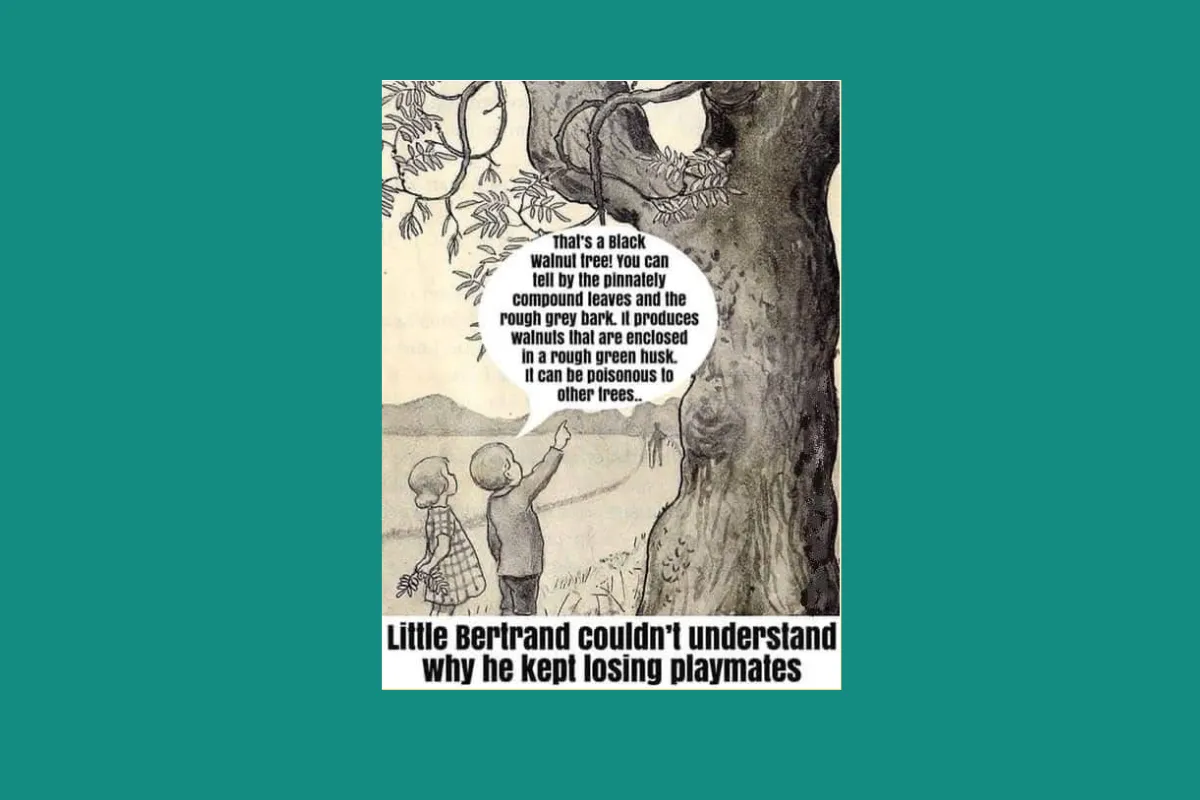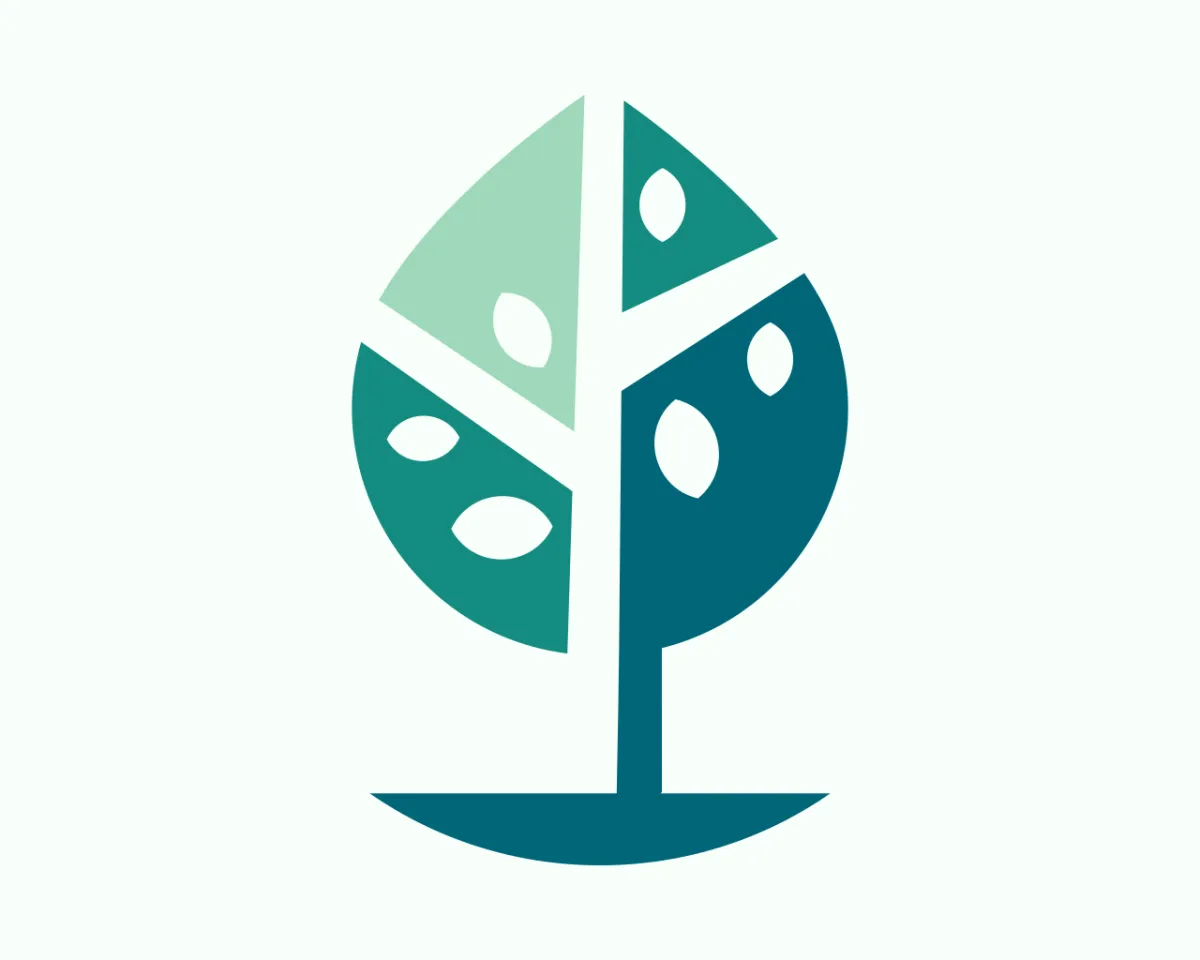
Create a conservation community—not just a classroom
A cartoon popped up in my Facebook feed recently that perfectly captures a common problem in conservation marketing.
It showed a boy and girl sitting under a shade tree. The boy points up and says:
“That’s a black walnut tree! You can tell by the pinnately compound leaves and the rough grey bark. It produces walnuts in a green husk. It can be poisonous to other trees...”
The punchline?
“Little Bertrand couldn’t understand why he kept losing playmates.”
We all know a Little Bertrand. And if we’re honest, a lot of nonprofit conservation orgs have one running their digital content.
It’s understandable. Your passion is nature, and you want to share what you know. The instinct is to inform, explain, educate. And the hope is that if people just knew more, they’d care more. But here’s the problem, change doesn’t come from information, it comes from connection.
Education has its place—but it’s not the whole picture
Don’t get me wrong: education is important. Many of you are charged with it as part of your mission. A good “did-you-know” post still has value.
But when your blog and social media feed starts to feel like a field guide instead of a conversation, you risk losing the connection that drives action.
Marketing and public relations isn’t about dumping facts. It’s about building relationships. That’s how you grow a movement.
A few things to watch out for
Avoid the echo chamber: When most of your content follows the same formula—wildlife photo + Latin name + trivia—you attract only the highest-intensity fans. That’s not inherently bad, but it limits your reach. People who care, but don’t speak your language, may scroll right past.
Preaching to the choir doesn’t grow a congregation—or fill the offering plate.
Remember not everyone thinks like a scientist: Many of you are trained in science. You lead with logic and factual information. But some of your audience leads with emotion. Don’t just inform—move them. Tap into nostalgia, awe, joy. Connect to their identity, not just their intellect.
Limit trivia, embrace storytelling: Think about your last hike with a friend. Did you spend the whole time identifying tree species? Or did you share stories, laugh, vent, reconnect?
That’s how you should approach your online audience: like a friend catching up on the trail—not a professor on a tour.
Put people first, at least sometime: Highlight the humans behind your mission. Volunteers. Landowners. Staff. Supporters. Online content with real people outperforms wildlife trivia almost every time. Especially when it’s someone local that your followers might know.
Butterflies are beautiful. But they don’t have Facebook accounts—and they can’t share your posts.
Own what’s unique to you: You don’t own monarch butterflies or native prairies. Everyone’s posting about them. But only you can tell stories from your preserves, your volunteers, your community. Only you can spotlight your staff or the people you serve.
Leverage that. Your specificity is your strength.
Final thought: Keep experimenting
Your online content should be like a balanced meal. Offer variety—some education, some inspiration, some action, some emotion. Don't just crank out easy content because it's fast to produce.
Look outside the conservation world for ideas. Groups that don’t have the luxury of cute animals and scenic landscapes often have to be more creative. Study them and borrow from them.
The best marketing isn’t a formula—it’s a process. Try things. Measure results. Try something else. Your audience will tell you what resonates. But you have to be willing to break out of the black walnut bubble.
You’re not just educating people. You’re inviting them in.



Facebook
LinkedIn